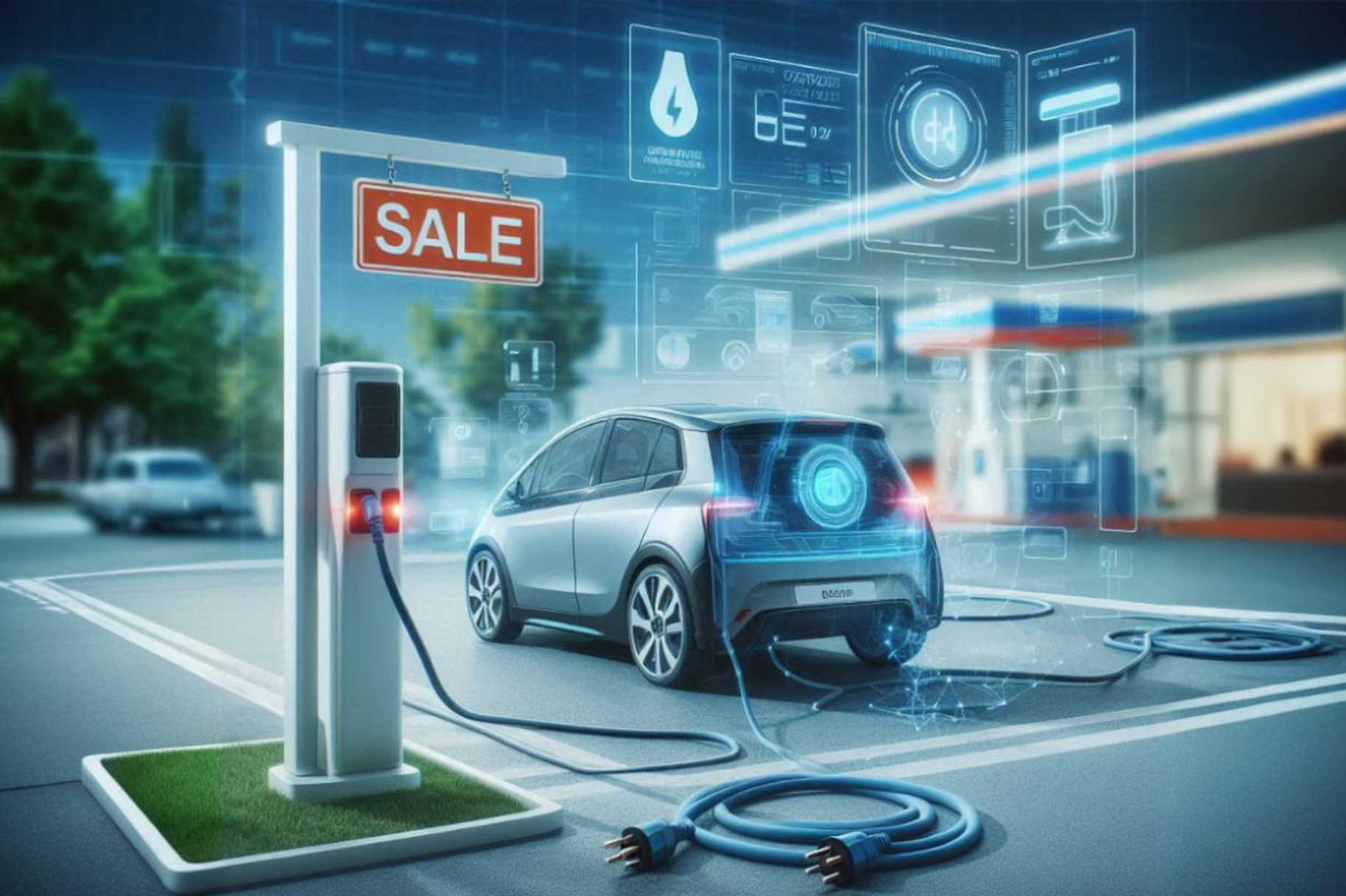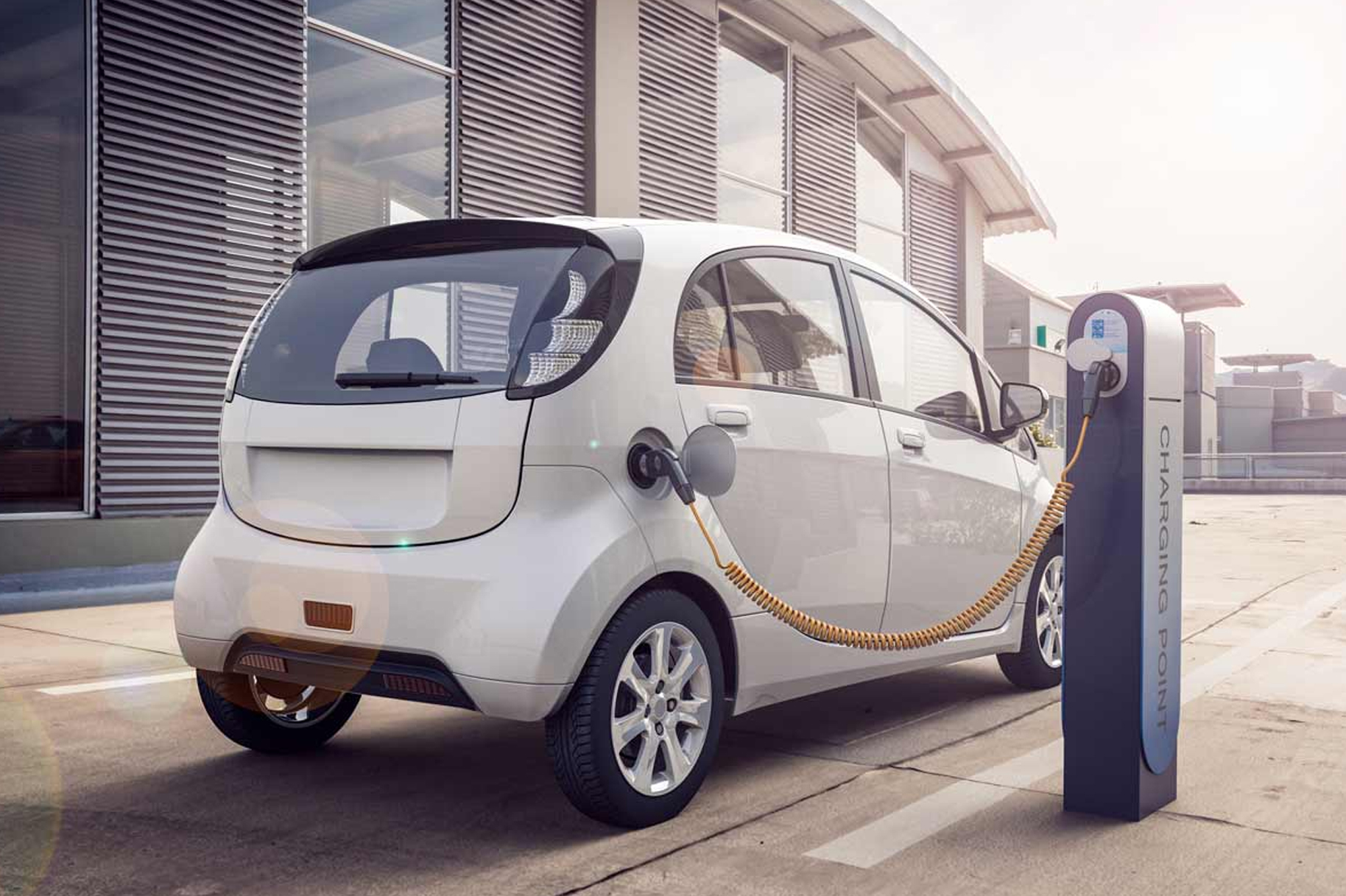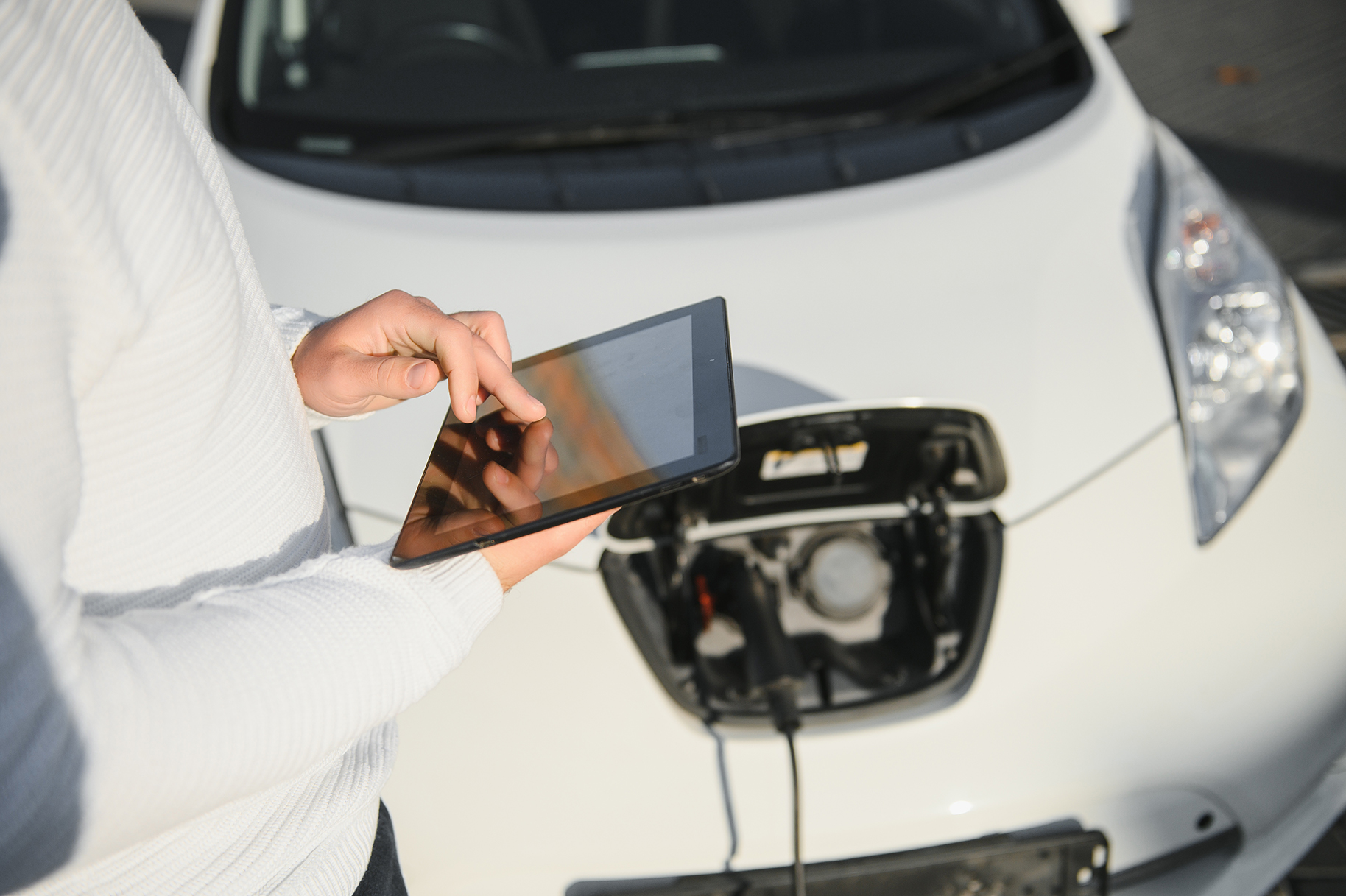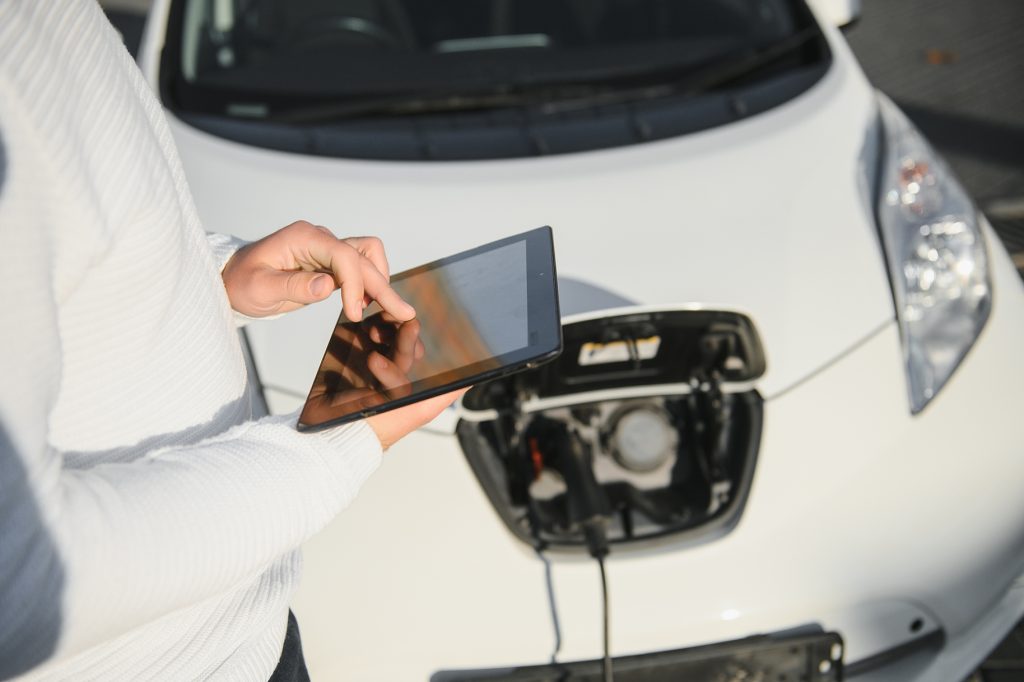If you are selling your electric vehicle (EV), you may find it pays off well, given that used EVs are getting more popular. Yet, as with other big purchases, property buying has its own set of problems. A lack of the right strategy can result in sellers losing possible buyers or important profits. We’re listing the most common mistakes when selling an EV and explaining how you can avoid them.
1. Failing to Understand EV Market Trends
The first and most forgotten mistake is forgetting to research market conditions at the time. The electric vehicle landscape changes so quickly, new models, new incentives and new tech can all affect your resale value.
Stay away from common sale difficulties by reviewing similar EVs, exploring the demand in your location and following trends related to range and EV charging spots.
2. Selling at the Wrong Time of Year
Getting it right about when to buy or sell makes a big difference in your return. The time right after a big new car debut or the middle of winter, is not generally good for EV selling.
As we discussed in our previous post, spring and early summer are ideal times to list your electric car. Buyers are more active, weather conditions are favorable, and interest in EVs typically spikes due to rising fuel prices and available tax refunds. Selling during the wrong season could result in fewer offers and lower bids.
3. Ignoring Battery Health Documentation
Proving the health of your car’s battery is one of the most important aspects of selling an electric car. Since buyers of EVs can be particularly careful of battery condition as it can be expensive to replace, EVs differ from gas powered vehicles.
Avoid this critical EV sale pitfall by providing:
- Recent battery health report
- Charging history (if available)
- Any manufacturer warranties that are still active
Failing to include these can cast doubt on your vehicle’s reliability, even if it’s in great shape.
4. Not Highlighting Charging Compatibility
More often than not, people do not take charging options into account when buying electric cars. Many people buying a car for the first time want to know how they will recharge it.
Make sure to include:
- Whether the EV supports fast charging (DCFC)
- What charging cables come with the vehicle
- Compatibility with popular charging networks (Tesla Supercharger, Electrify America, Charge Point, etc.)
- If you’re including a home Level 2 charger
Details like these not only add value to your listing but also give buyers peace of mind.
5. Setting the Wrong Price
Pricing too high can scare off serious buyers. Pricing too low might mean leaving money on the table. One of the most frequent EV selling mistakes is letting emotion or original purchase price dictate what you ask for the vehicle.
Instead, base your price on:
- Current market demand
- Vehicle age and mileage
- Battery condition
- Additional features (like autopilot, upgraded sound system, etc.)
Use competitive listings and tools like Edmunds or CarGurus to set a realistic price that still gives you negotiation room.
6. Using the Wrong Selling Platform
Not all platforms are ideal for selling electric vehicles. Listing your EV on a generic used car website might get buried among thousands of gas-powered cars.
To avoid this EV sale pitfall, choose platforms that cater to EV buyers or highlight green vehicles. Good options include:
- Autotrader’s Green Cars section
- Recurrent Auto
- EV-Centric forums
- Facebook Marketplace (with well-targeted local promotion)
These platforms attract more informed and interested EV shoppers, increasing your chances of a smooth and profitable sale.
7. Not Mentioning Incentives or Warranties
Did your EV come with an extended warranty or transferable battery warranty? Can the new buyer still qualify for state-specific rebates on used EVs?
Omitting these details is a common electric car sale error. Always highlight transferable benefits that add value to the buyer, including:
- Remaining warranty (vehicle or battery)
- Free charging credits (e.g., Tesla Supercharger miles)
- Access to HOV lanes (in certain states)
These extras can help justify a higher price and make your listing stand out.
8. Poor Vehicle Presentation
Let’s face it—presentation sells. Just because EVs are tech-savvy doesn’t mean buyers will overlook basic appearance. A dirty car, cluttered interior, or vague photos can ruin your chances before a potential buyer even messages you.
To avoid this:
- Wash and detail your EV before taking photos
- Clean the touchscreen and instrument cluster
- Use high-resolution, well-lit images
- Include photos of the battery display and charging port
Remember, a polished listing communicates care and increases buyer trust.
9. Being Unprepared for Buyer Questions
Selling an EV often involves a more informed and technical buyer base. If you’re unfamiliar with the specs or not ready to answer questions about range, charging time, or battery condition, it could turn away a buyer.
Study your vehicle’s:
- Real-world range
- Charging time (Level 1 vs Level 2 vs DC fast charging)
- Battery warranty terms
- Connectivity features (e.g., over-the-air updates, remote app control)
Preparedness not only builds trust but shows buyers you’ve taken good care of the vehicle.
10. Forgetting to Transfer Ownership and Wipe Data
The final and often overlooked EV selling mistake is not handling the transfer process properly. Many EVs come with connected apps or infotainment systems that store personal data. Forgetting to wipe this can leave your information exposed.
Make sure to:
- Perform a factory reset
- Remove the vehicle from any mobile apps
- Unlink from your cloud account (if applicable)
- Provide all keys, chargers, and accessories
Also, confirm that the title is clear and ready to transfer to ensure a seamless sale.
Final Thoughts: A Smart Sale Starts with Smart Preparation
Selling an EV does not have to be tough, but you do need a sensible approach. Preventing these top mistakes will help you sell faster and get a better deal. Each move you take from showing off your vehicle’s highlights to listing it according to market trends affects your chances.
When it comes to the EV market, what you know and what you prepare for is what you are left with. Make sure you understand your vehicle, know what today’s buyers want and create a listing that has value and transparency.
Avoiding electric car sale errors is not just about getting the most money—it’s about providing a great experience for the next proud EV owner.







